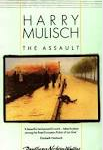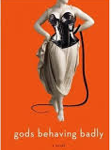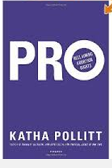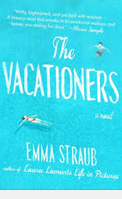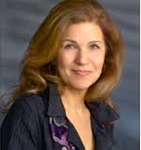 Notice the title of this book: it’s not “Lawrence of Arabia” (that’s a movie) or “Seven Pillars of Wisdom” (a memoir). “Lawrence in Arabia” is a penetrating, well-written history of the Middle East during the First World War. Scott Anderson’s clear and comprehensible book describes the tumult and cross purposes the major European powers thrust on the Middle East during that war. He focuses his tale of plotting, politics and, in some cases, double dealing,on the actions of four major players, none of them native to the area. The Lawrence of the title is T.E. Lawrence, who during the war served largely as the British army’s liaison to King Hussein, the Sherif of Mecca, and encouraged Hussein and other Arabs to revolt against their Ottoman overlords, with the promise of independence after the war.
Notice the title of this book: it’s not “Lawrence of Arabia” (that’s a movie) or “Seven Pillars of Wisdom” (a memoir). “Lawrence in Arabia” is a penetrating, well-written history of the Middle East during the First World War. Scott Anderson’s clear and comprehensible book describes the tumult and cross purposes the major European powers thrust on the Middle East during that war. He focuses his tale of plotting, politics and, in some cases, double dealing,on the actions of four major players, none of them native to the area. The Lawrence of the title is T.E. Lawrence, who during the war served largely as the British army’s liaison to King Hussein, the Sherif of Mecca, and encouraged Hussein and other Arabs to revolt against their Ottoman overlords, with the promise of independence after the war.
The other main characters are just as interesting, if somewhat less colorful. They include William Yale, an American employee of Standard Oil Company of New York prospecting for oil. Yale managed to spend most of the war years in the Middle East, first continuing his work for his employer, then, once the United States and the Ottoman Empire entered the war on opposite sides, as an American political and military liaison to the British. Curt Prufer, a German scholar and spy, acted on behalf of Germany – the Germans remained in Jerusalem for most of the war. Last but by no means least was Aaron Aaronsohn, a Romanian-Jewish emigre to what was then called Palestine. Aaronsohn was an agronomist who spent the pre-war years identifying the best ways to irrigate and farm the unpromising land. During the war he set up a spy network, though it took him a long time and a great deal of persuasion before anyone would pay attention to the information he provided.
Note that none of the main characters was Arab. The entire area was governed by the Ottoman Empire from Constantinople. The Turks garrisoned soldiers much of the way down the Arabian Peninsula, but had many more matters of concern closer to home (Armenians, for one). There are plenty of Arabs who play important parts in this narrative, but, except for Lawrence, none of the other principals had their interests at heart. Yale’s were commercial – the war would not last forever, and it was becoming clear that there was oil in the Middle East (just how much had yet to be charted). The English needed, in addition, to use the Middle East to protect access to their colony in India. Aaronsohn was a committed Zionist. Since the winner wouldn’t become clear until close to the end of the war, Germany too wanted to ensure its interests in the post-war years.
There are many other players, whose names you might recognize, in the book. Mark Sykes, of the Sykes-Picot agreement, in which France and the United Kingdom agreed on separate zones of interest for the post-war years, while promising the Arabs an independent country in exchange for fighting the Turks. Arthur Balfour, whose 1918 Balfour Declaration spurred the creation of the state of Israel. Edmund Allenby, who by the end of the war was in command of the British forces in the region. Every country’s interests were clear, and every single one of their representatives behaved opportunistically, and we are still watching the consequences play out over the region today.
“Lawrence of Arabia” is a terrific book, clear and accessible, and should be required reading for anyone who wants to understand the issues that continue to roil the Middle East today. It’s got spies, war, and even some very smart women. (Who knew that Chaim Weizmann’s sister Minna was a spy for Germany?) Do you agree? Let us know in the comments.
Have a book you want me to know about? Email me at asbowie@gmail.com. I also blog about metrics at asbowie.blogspot.com.

